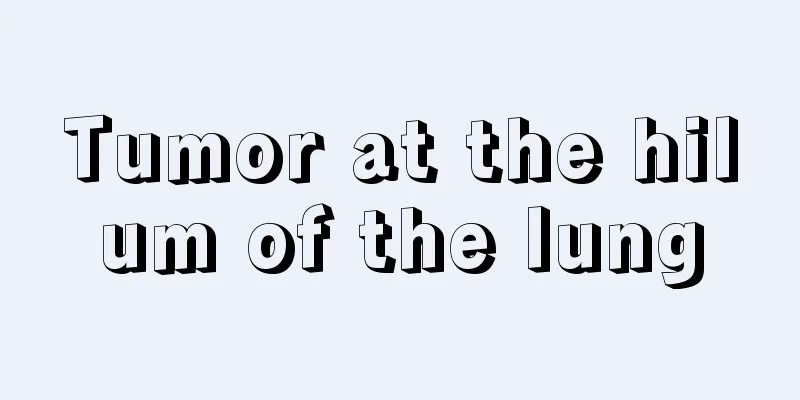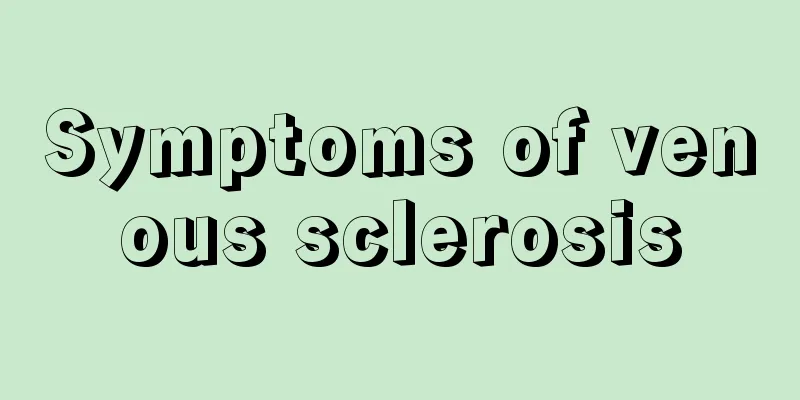What are the early clinical manifestations of nasopharyngeal carcinoma?

|
Nasopharyngeal carcinoma is a very scary disease. Its early symptoms are generally not very obvious. Except for a few occasional morning mucus or tinnitus, there are basically no symptoms. However, patients who go to the hospital for treatment in the first stage often have more than one ear and nose symptoms or headaches. So what are the early clinical manifestations of nasopharyngeal carcinoma ? The following is a detailed answer from relevant experts. (i) Bleeding symptoms may occur in the early stage, such as blood in the sputum after nasal suction or blood in the mucus when blowing the nose. In the early stage, there is only a small amount of blood in the sputum or mucus, which may appear or disappear. In the late stage, there is more bleeding, and there may be nosebleeds. (II) Tinnitus, hearing loss, and a feeling of blockage in the ear When nasopharyngeal carcinoma occurs in the lateral wall of the nasopharynx, the lateral fossa, or the upper lip of the Eustachian tube opening, the tumor compresses the Eustachian tube and may cause unilateral tinnitus or hearing loss, and catarrhal otitis media. Unilateral tinnitus or hearing loss and a feeling of blockage in the ear are one of the symptoms of early nasopharyngeal carcinoma. (III) Headache is a common symptom, accounting for 68.6%, which may be the most common clinical manifestation of nasopharyngeal carcinoma. (IV) Diplopia: Due to the invasion of the abducens nerve by the tumor, double vision is often seen when looking outward. Invasion of the trochlear nerve often causes inward strabismus and diplopia, which accounts for 6.2% to 19%. It is often damaged at the same time as the trigeminal nerve. (V) Facial numbness refers to numbness of the facial skin, and clinical examination shows decreased or absent pain and touch sensation. Tumor invasion of the cavernous sinus often causes damage to the first or second branch of the trigeminal nerve; tumor invasion of the oval foramen, the anterior area of the styloid process, and the third branch of the trigeminal nerve often causes numbness or paresthesia of the skin in the front of the auricle, temporal region, cheek, lower lip, and chin. Facial skin numbness accounts for 10% to 27.9%. The above is an introduction to the clinical manifestations of nasopharyngeal carcinoma. I believe everyone should have a certain understanding of nasopharyngeal carcinoma. If you want to know more about nasopharyngeal carcinoma, please consult online experts. For more information, please visit the nasopharyngeal carcinoma disease topic at http://www..com.cn/zhongliu/bya/ or consult an expert for free. The expert will then give a detailed answer based on the patient's specific situation. |
<<: The main causes of rhinitis cancer
>>: Diet care for patients with nasopharyngeal carcinoma
Recommend
Is it good for lips to use lip mask frequently?
The skin needs to be moisturized and cared for wi...
Scrape your tongue and bad breath will go away
The tongue coating is a relatively important tiss...
What bacteria are beneficial to humans
When it comes to the word bacteria, many people m...
Can I eat onions after removing a mole?
Many people wonder whether they can eat onions af...
The fastest way to treat numbness in hands and feet
Numbness in the feet and hands is generally cause...
How to heat the milk in the milk storage bag
Milk storage bags are used by many mothers to mak...
The difference between heat stroke and gastroenteritis
In the hot summer, because the weather is too hot...
Can chronic gastritis eat bayberry?
Bayberry is a fruit with relatively high nutritio...
Where will endometrial cancer metastasize
Endometrial cancer has no obvious symptoms in the...
The difference between light butter and salted butter
Many people know that butter is a widely used ite...
What are the symptoms of prostate cancer
The symptoms of prostate cancer are generally not...
What are the functions and effects of the Du Meridian
At present, health preservation is very popular. ...
How many days does it usually take for a cold and cough to heal?
Cold is a relatively common disease, which is gen...
How to insert an indwelling needle with a high success rate?
Indwelling needle is a common method of intraveno...
How to wash lipstick off clothes
Women like to dress up before going out every day...









